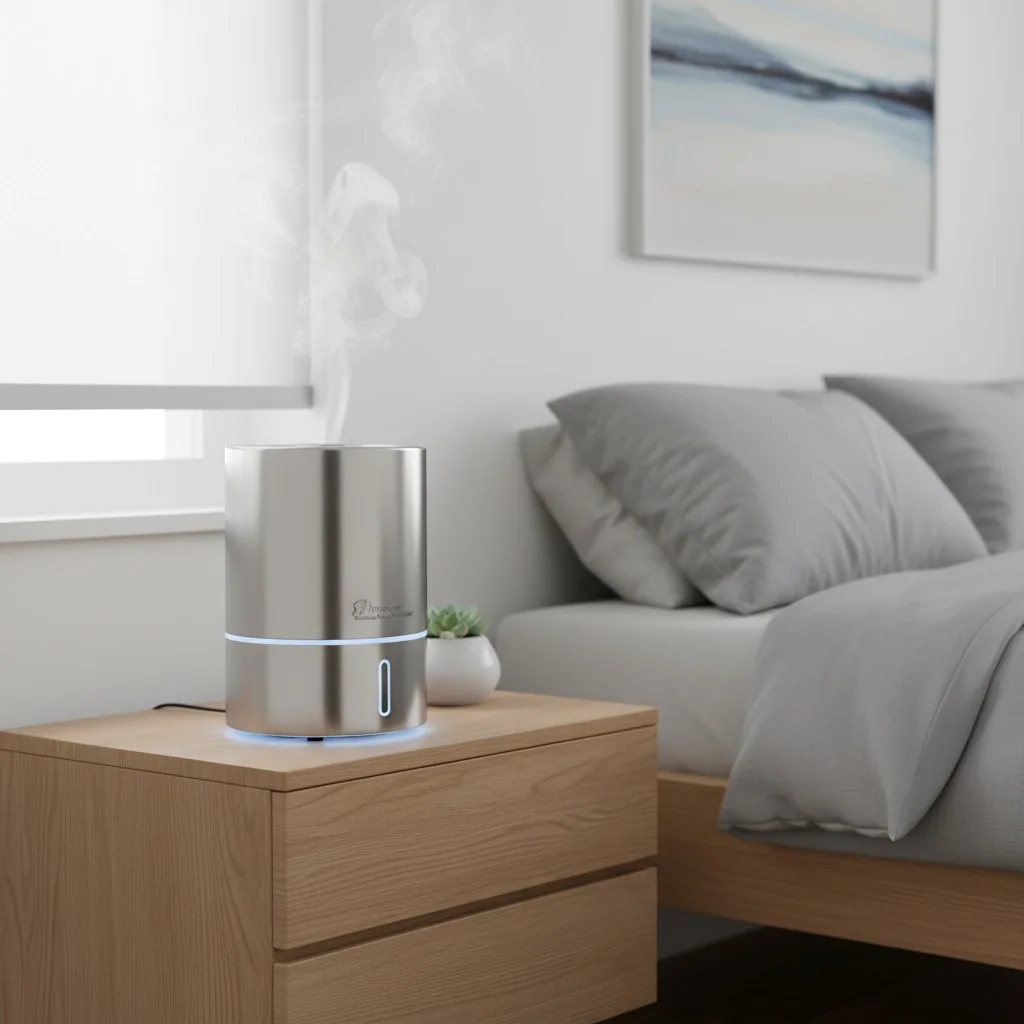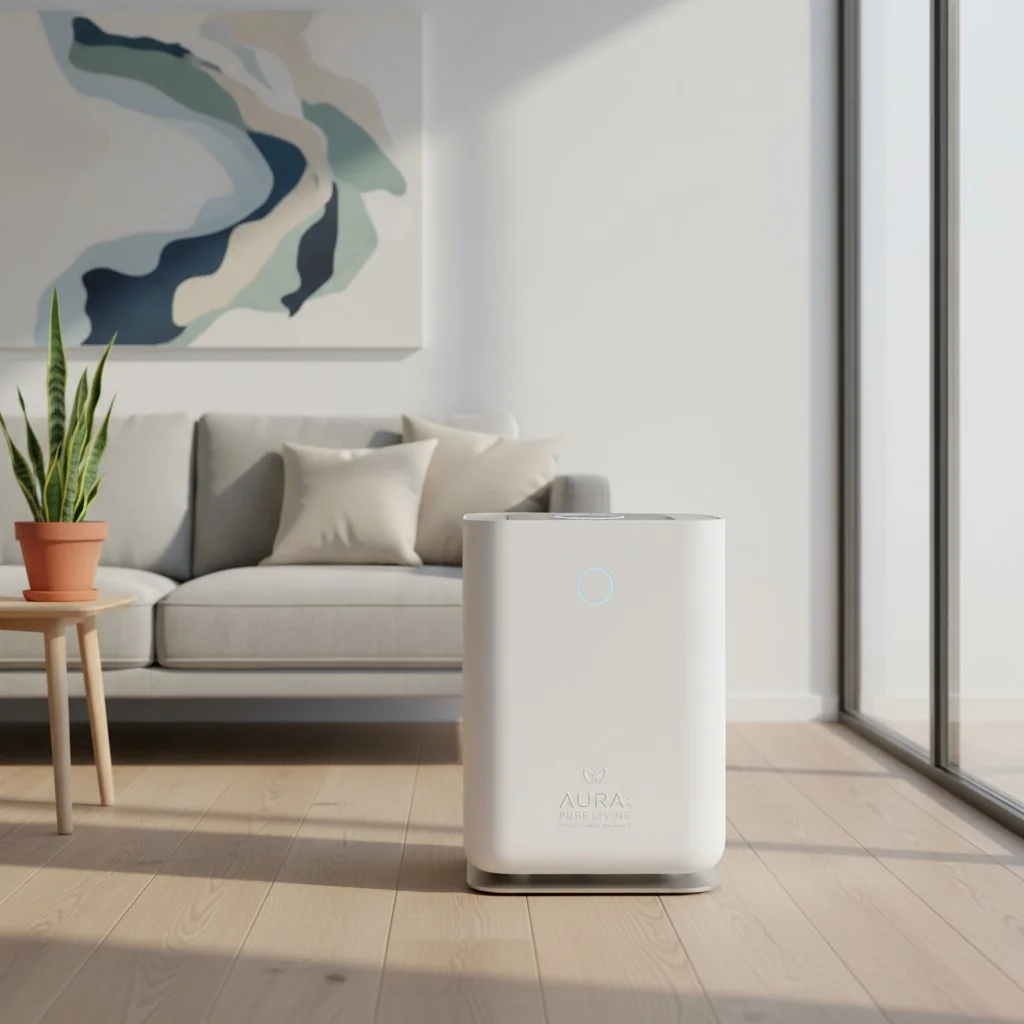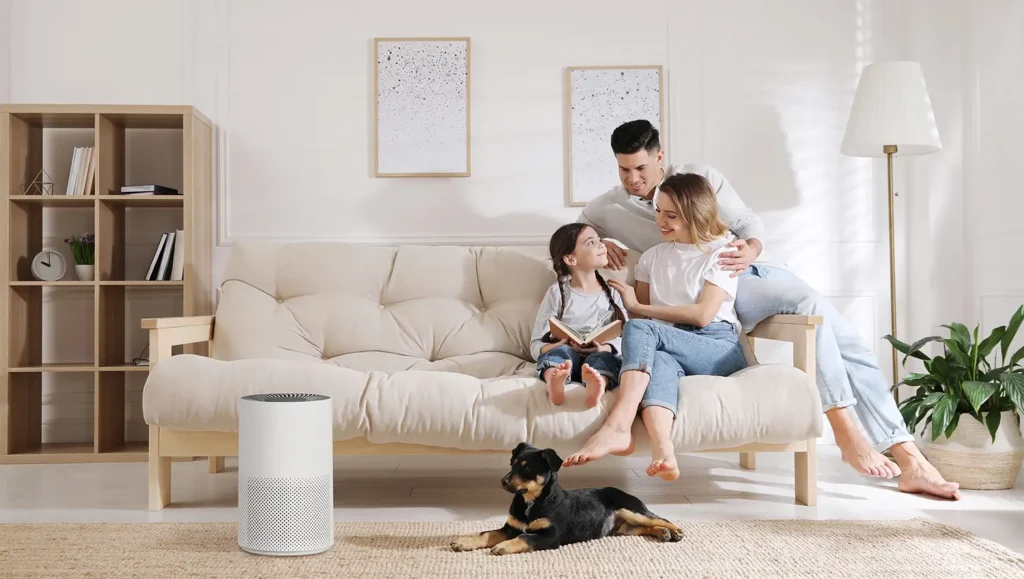Les purificateurs d'air sont censés capturer et tuer les virus, tels que le COVID-19. Est-ce vrai ? Bien que la réponse courte soit surprenante OUI Nous allons donc ajouter à cette réponse la base scientifique suivante.
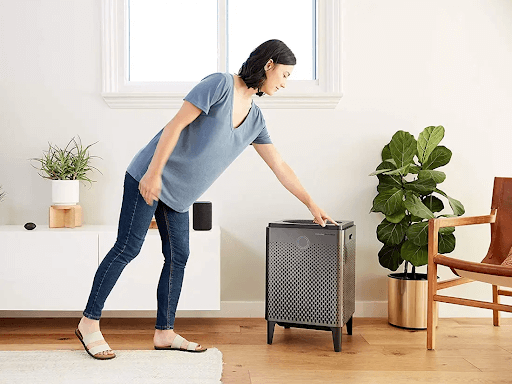
Il y a deux choses que vous devez savoir en premier lieu :
Le virus COVID-19 est proche d'une taille de 0,125 micron (125 nanomètres). Des virus aussi petits peuvent ne pas être facilement filtrés de l'air à l'aide d'un filtre standard.
Par conséquent, si vous souhaitez conserver un environnement intérieur plus sûr et exempt de virus en suspension, utilisez un marque de confiance pour la purification de l'air avec la bonne technologie.
Purificateurs d'air avec Filtres HEPA peut filtrer les contaminants jusqu'à 0,3 micron .
En outre, les lampes LED UV-C à haute performance, telles que celles qui sont utilisées dans le cadre du programme de recherche de l'Union européenne, sont de plus en plus nombreuses. HisoAir La lumière UV stérilise et élimine les organismes et les virus. Fondamentalement, la lumière UV déplie l'enveloppe protéique du virus, ce qui l'inactive efficacement.
A partir de là, nous allons développer.
Comment les maladies aéroportées sont-elles transmises ?
En octobre 2020, les Centers for Disease Control (CDC) ont publié leur position sur les comment se transmet le virus Covid-19 .
Le virus peut être transmis par des particules et de petites gouttelettes qui restent dans l'air pendant quelques minutes, voire quelques heures".
Cela signifie que les CDC sont d'accord avec la transmission aérienne du virus par des aérosols en suspension ou des éclaboussures.
En outre, de nombreuses personnes ont aujourd'hui tendance à travailler à domicile ou à rester à l'intérieur en raison du nombre croissant de cas de COVID, de lockdowns et de couvre-feux. Cela peut entraîner une mauvaise ventilation et une mauvaise qualité de l'air, étant donné que davantage de personnes sont à l'étroit dans les maisons.
Les risques de propagation de maladies transmissibles à l'intérieur augmentent donc en raison de la faible circulation de l'air.
3 façons dont le Covid-19 se propage par voie aérienne
Il y a 3 modes de transmission de COVID-19 par voie aérienne selon les CDC :
- Espaces clos - lorsqu'une personne est exposée dans un espace clos juste après qu'une personne infectieuse a quitté ce lieu.
- Exposition prolongée à des particules nocives - être exposés à des gouttelettes en suspension dans l'espace.
- Mauvaise ventilation ou unités de traitement de l'air inadéquates en créant des particules et des gouttelettes respiratoires en suspension.
Cela nous amène à penser que les systèmes de purification de l'air tels que les purificateurs d'air, les machines de désinfection et les épurateurs d'air jouent un rôle essentiel dans l'assainissement de ce que nous respirons.
Comment fonctionnent les purificateurs d'air ?
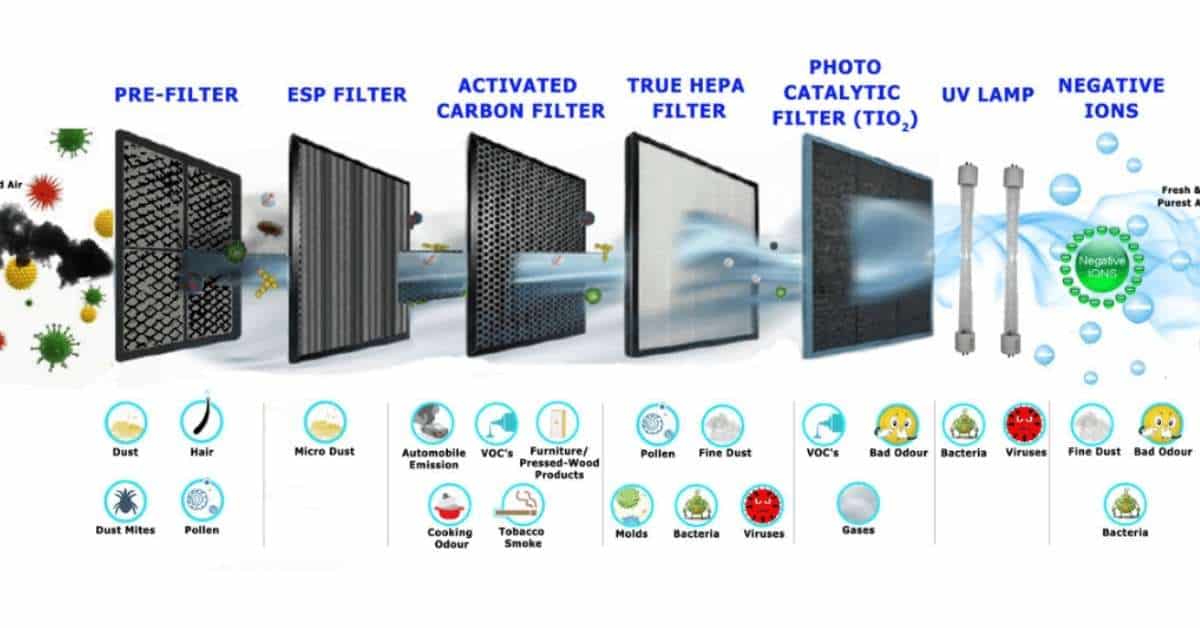
Les purificateurs d'air sont équipés de plusieurs technologies de filtrage pour assainir et nettoyer l'air des polluants, des particules en suspension, des allergènes et des virus.
Cela signifie qu'il ne se contente pas d'éliminer les particules en les filtrant, mais qu'il désinfecte et tue également les virus.
Les purificateurs d'air peuvent être équipés de filtres HEPA, de charbon actif, d'ionisateurs ou de lumière UV, ou d'une combinaison de tous ces éléments. La combinaison des filtres détermine le type de particules qui sont exactement éliminées de l'air. Certains types de purificateurs d'air ne retiennent que les contaminants de l'air, tandis que d'autres sont conçus avec des filtres qui tuent et neutralisent les bactéries, les virus et les mauvaises odeurs.
Beaucoup de gens se demandent si les filtres HEPA peuvent capturer des virus de la taille d'une petite particule, comme le coronavirus.
Les filtres HEPA peuvent éliminer 99,97% des particules présentes dans l'air jusqu'à une taille de 0,3 micron. Le COVID-19 a un diamètre compris entre 0,06 et 0,14 micron.
Cela se produit par le biais de la diffusion. Selon une étude scientifique de la NASA Les filtres HEPA peuvent virtuellement capturer 100% de particules.
Il s'avère que le Coronavirus est si petit et si léger qu'il rebondit lorsqu'il heurte des molécules de gaz.

Comment le Coronavirus "vole" de façon aléatoire, en zigzag, grâce au mouvement brownien.
En raison de ce mouvement en zigzag, chaque fois que le virus traverse le filtre HEPA, il s'accroche à ses fibres.
Cela signifie que les particules peuvent être piégées dans les filtres HEPA, même jusqu'à une taille de 0,1 micron, y compris le virus COVID-19. Une fois piégé, le filtre HEPA retient les virus captifs, de sorte qu'ils ne peuvent pas être renvoyés dans l'air.
Mais les virus sont-ils tués ? Un coronavirus sur un filtre HEPA peut virtuellement durer 48 à 72 heures avant de mourir ou d'être inactivé.
Comment la lumière UV tue-t-elle les virus comme le COVID-19 ?
Un autre type de dispositif d'épuration de l'air est l'intégration de la lumière UV. Le rayonnement UV est préjudiciable pour tuer et éliminer les bactéries et les microbes vivants. Cependant, il dépend aussi de.. :
- comment la lumière ultraviolette est utilisée et,
- la durée d'exposition au virus.
Si la lampe UV est disposée comme un composant de stérilisation L'efficacité de la lumière UV, qui éclaire les bactéries piégées, est prouvée. Mais si l'air aspiré ne passe que par la lumière UV, il se peut que celle-ci ne soit pas efficace pour tuer le virus.
Purificateurs pour la désinfection de l'air de HisoAir sont en fait intégrés avec 4 étapes de nettoyage, qui comprennent des filtres HEPA, des pré-filtres en Nylon, du charbon actif et des lampes UV pour tuer efficacement les contaminants.
Les ionisateurs tuent-ils les virus ?
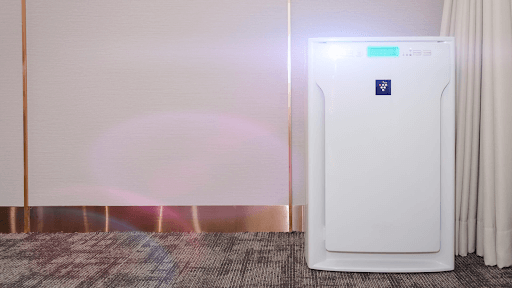
Certains purificateurs d'air intègrent des ionisateurs dans leur technologie de purification de l'air. Les ioniseurs fonctionnent en induisant des charges électriques sur les particules présentes dans l'air.
Ces particules sont alors attirées vers des objets et des surfaces ayant une charge opposée. Il peut s'agir de vos meubles, de votre moquette, de votre sol ou de votre plafond. Il existe également des purificateurs d'air qui émettent des ions négatifs pour attirer les ions à charge positive. Cela permet de neutraliser les contaminants nocifs. Cependant, cette solution induit émissions d'ozone ce qui est néfaste pour l'environnement.
Les virus sont certes fragiles, mais il ne suffit pas de charges négatives pour les détruire. Par conséquent, les ionisateurs ne peuvent pas être utilisés pour tuer COVID-19 à eux seuls. Mais il y a un hic.
Comme les virus peuvent s'accrocher aux contaminants présents dans l'air, l'ioniseur peut empêcher le virus de vous atteindre.
A titre d'exemple, cette étude nous explique comment des chercheurs utilisent un ionisateur pour éviter que des cobayes ne tombent malades à cause du virus de la grippe.
Filtres photocatalytiques, à charbon, à catéchine
Il existe d'autres filtres utilisés dans différents marques de purificateurs d'air tels que les filtres photocatalytiques, les filtres à charbon ou les filtres à catéchine.
- Purificateurs d'air avec filtres photocatalytiques peut piéger et tuer les virus et les bactéries. En outre, il peut les décomposer par oxydation des ions.
- Filtres à charbon ou filtres à charbon actif dans les purificateurs d'air sont utilisés pour piéger les composés organiques volatils, les fumées, le smog et les odeurs.
- Filtres à catéchine ont des propriétés antibactériennes et antifongiques, mais on les trouve rarement dans de nombreuses marques de purificateurs d'air.
Ces filtres et stérilisateurs peuvent-ils être utilisés en toute sécurité ?
Pas tout à fait. Du moins, si vous n'êtes pas directement exposé à l'ozone, cela ne pose pas de problème. Les purificateurs d'air à filtre HEPA avec lumière UV et ionisateurs peuvent être utilisés.
Cependant, l'inhalation d'ozone est une autre histoire. Il peut provoquer une toux, une irritation de la gorge et des allergies. Il peut également endommager les poumons et aggraver les problèmes respiratoires et l'asthme. Cela signifie que si vous avez des problèmes pulmonaires, vous ne devriez pas utiliser de purificateurs d'air avec de l'ozone ou des ionisateurs.
Des recherches ont également montré que les générateurs d'ozone ne sont pas très efficaces pour prévenir les moisissures ou inhiber les bactéries. C'est pourquoi leur utilisation dans les chambres d'hôpital et autres unités de soins n'est pas sûre.
Conclusion
Nous espérons que cet article vous a aidé à comprendre comment certains types de purificateurs d'air peuvent tuer les virus et empêcher la propagation du COVID-19 par voie aérienne.
Comme nous l'avons souligné, les purificateurs d'air équipés de filtres HEPA peuvent capturer les virus les plus infimes, tels que le Coronavirus. Ces virus peuvent rester accrochés au filtre HEPA pendant 48 à 78 heures avant de mourir.
Mais les systèmes de purification de l'air les plus efficaces sont ceux qui utilisent la lumière UV, qui agit en détruisant ces contaminants nocifs. De plus, la lumière UV n'est pas nocive, contrairement aux générateurs d'ozone et aux purificateurs ionisants.
Si vous souhaitez acheter Purificateur d'air H13 HEPA avec lumière UV en gros HisoAir peut vous aider. Nous sommes un OEM/ODM avec 15 ans d'expérience et une usine certifiée ISO.


